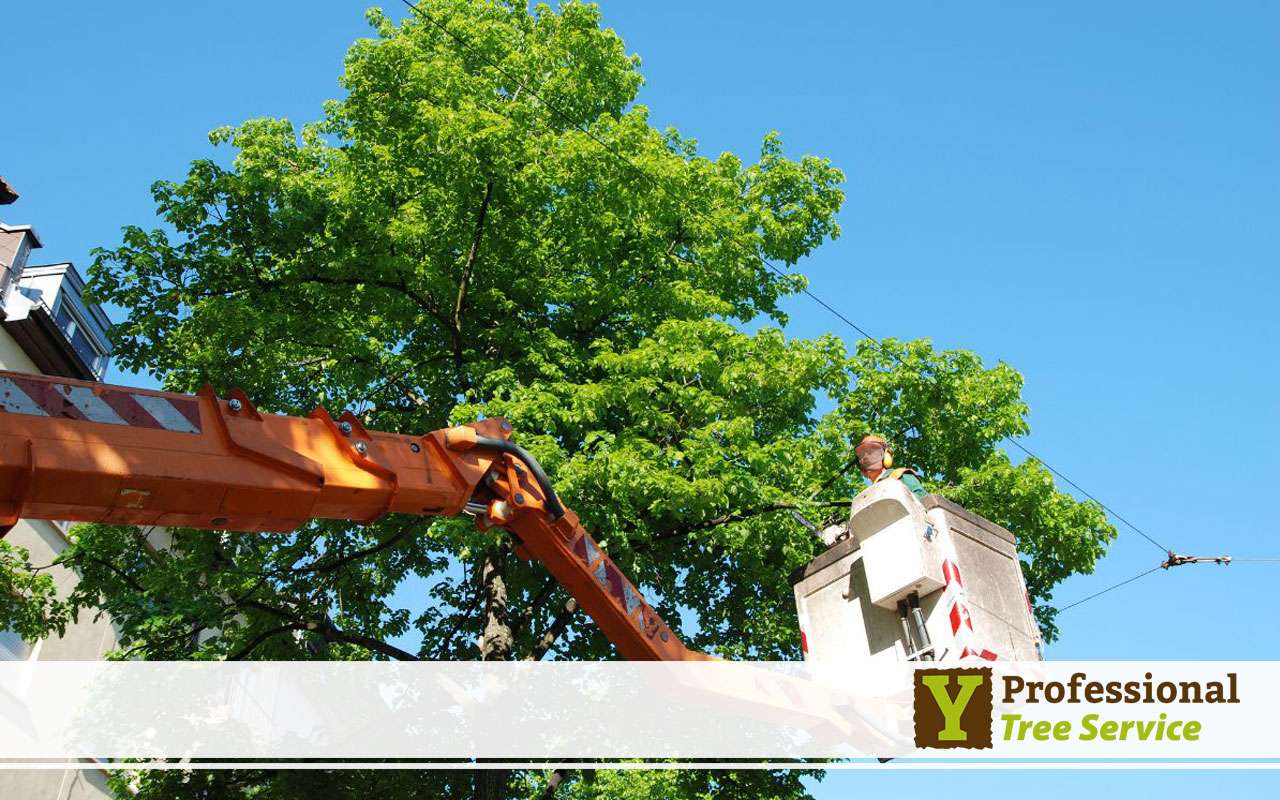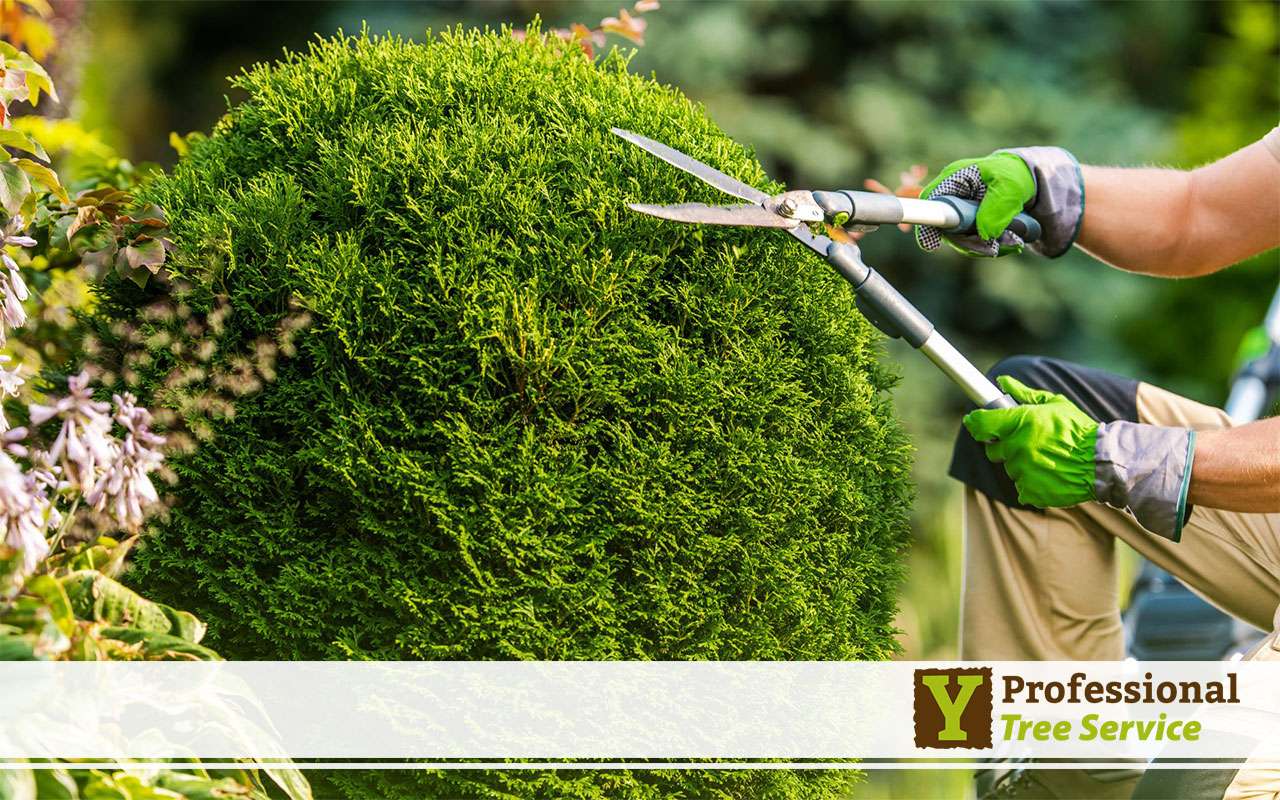
Tree Care, in the coldest time of the year, is filled with glistening white thanks to the crisp, cool air and winter wonderland surroundings. After the explosion of hues in the autumn landscape, winter is a new and harsh shift.
Winter has arrived when the trees start losing their leaves and going dormant.
Sure, this time of year makes you want to curl up in front of the fire with a warm blanket, but just as you get ready for the season by switching out your shorts and t-shirts for long pants, coats, hats, and gloves, you should also get your landscape prepared for the winter.
Follow our comprehensive winter tree care advice checklist for guidance on how to handle this correctly.
Pruning and trimming trees | Tree Care
Winter tree trimming is a crucial annual maintenance task for the general well-being of your trees and shrubs.
Consider Shape, Structure, and Health when Pruning
Branch visibility increases due to your trees’ slower rate of growth and the absence of deciduous tree leaves throughout the winter.
This makes it simpler for arborists to enhance branch patterns to guide future growth. This increases pruning accuracy for the best shape and structure.
Dormant tree trimming is an excellent way to eliminate dead, diseased, or broken branches you don’t need.
This increases your tree’s overall strength so that branches are less likely to fall when there is a buildup of snow and ice. This improves the safety and security of the trees in your yard by preventing accidental limb breaking.
According to Arborist Instructions, Prune Oaks and Elms

Want to stop the spread of ailments like Dutch elm disease or oak wilt? Try pruning dormant trees.
When working on a naked tree, arborists can more easily identify some diseases, and winter pruning reduces the risk of disease-carrying insects attracted to trees like oaks and elms.
Remember that a certified arborist can handle the job and educate you on your tree health if you’re worried about your oaks and elms and the threat of disease when pruning.
Ice and Snow Damage | Tree Care
Each snowflake appears to be light and airy as it falls. But when they accumulate, it becomes weighty.
After those intense snowstorms, examine your trees for any damage. You inspect the tree from top to bottom for cracked and decayed wood, holes in the trunk, and broken twigs and branches.
Tree Diseases and Insects
It would also help to inspect your trees for any signs of illness or insects. If you observe any signs of tree degradation, discoloration, or decay, get in touch with an arborist for a free check because some insects and diseases can spread quickly. If an infestation is prevalent, a spring treatment could be able to rescue your tree.
Warm your trees with mulch
Cover the ground with a good amount of layer of mulch. Start a few inches from the base of the trunk and extend in all directions (making circles around the tree) two feet or more above the tree.
Use organic materials such as wood chips, with or without leaf material. Trees actually prefer wood chip mulch and “duff” made by their own leaves.
Protect Your Young Trees
Be prepared to protect your most vulnerable trees when temperatures plummet to below freezing. Young trees and certain tropical/subtropical species cannot tolerate freezing temperatures below 32°C.
How to protect trees from frost:
Cover vulnerable trees and plants with ground-level burlap, sheets, tarps, etc., to trap accumulated earth heat. Use frames or stakes to minimize contact between the cover and leaves.
Move potted plants and trees to a more protected location. Wet soils absorb more solar radiation and radiate heat at night than dry soils.
Don’t Use Salt!
Salt causes soil compaction, inhibits root growth, makes it difficult for tree roots to absorb water from the soil, and causes dehydration. Salt is also toxic to plants. This is especially true for evergreens and other delicate conifers due to their coniferous leaves and thin bark.
Salt burns the needles of these trees, causing the leaves to wilt and turn brown. Over time, this also leads to crown shrinkage, weakness, dead branches at the top of the tree, and increased susceptibility to insect and disease problems.
Protect your Trees with these fantastic Tree Care Tips

It’s time to get ready for winter now that it’s just around the corner! Extra care must be taken to prevent weather-related harm to young or vulnerable trees. A concern in the winter is snow, which can be heavy and challenging to remove without harming your tree.
Here are a few actions you can take to preserve the lovely landscaping on your property without considering their necessity. However, knowing what’s going on in the background should help you maintain the most excellent possible appearance for your incredible landscape.
Give us a call or use the form on this page to contact us if you have any questions regarding tree service or plant health care or would like an estimate.
